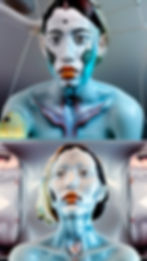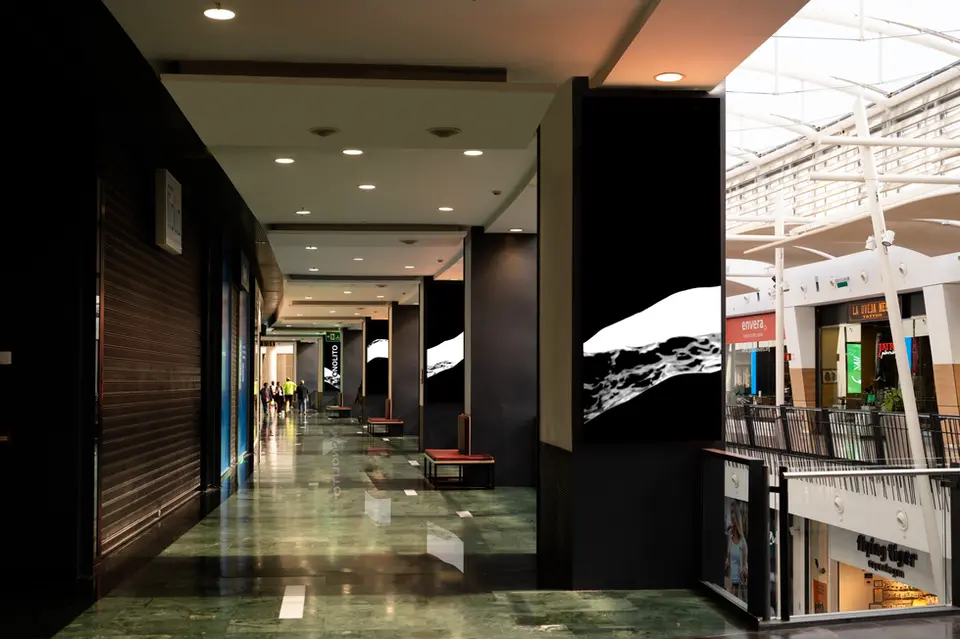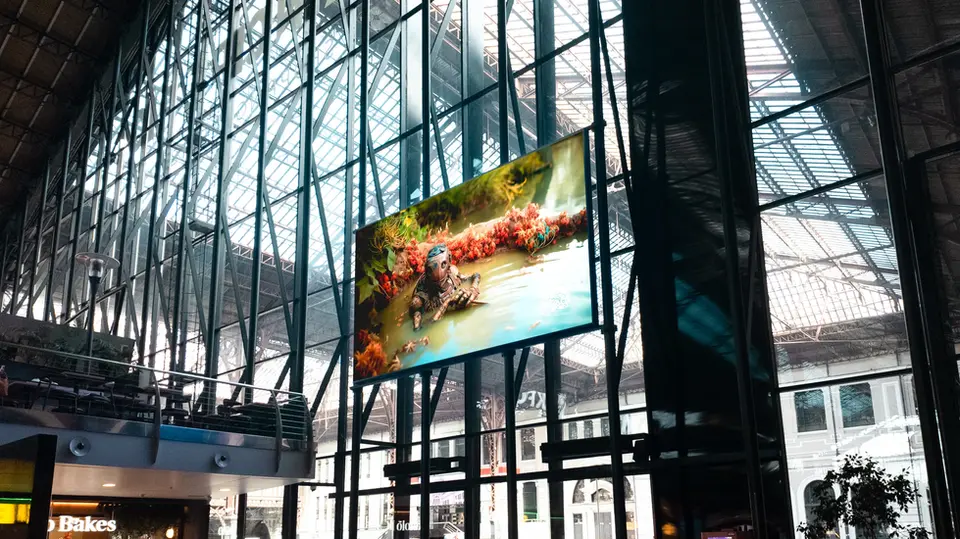

V International Open Call for Digital Arts SMTH + MMMAD
The fifth edition of the international open call SMTH x MMMAD invites digital artists to explore worldbuilding as a critical and speculative practice. In a present marked by ecological crises, social inequalities, and unprecedented technological acceleration —with the horizon of 2030 as a turning point— digital art emerges as an exceptional space where imagining worlds is not an act of escapism, but an urgent necessity.
We are seeking works that design open, transformative universes, capable of questioning current political, social, and technological structures, and opening new imaginaries for the future.
This edition features the collaboration of the following centers: CC Príncipe Pío (Madrid), CC Plenilunio (Madrid), CC Zielo Pozuelo (Madrid), CC L'Aljub (Alicante), CC Isla Azul (Madrid), CC Boulevard Vitoria (Vitoria), CC Lagoh (Seville), CC Oasiz (Madrid), CC Max Center (Bilbao), CC Nuga (Madrid), CC Palacio de Hielo (Madrid), CC Nueva Condomina (Murcia), and CC L'Illa Diagonal (Barcelona).
The open call will run from October 27 to December 10, 2025.
A jury of digital artists —Ada Sokół, Enrique Agudo, and Sam Balfus— will select the five winning works, each of which will receive a €1,000 prize and will be exhibited on digital screens across participating shopping centers from January to April 2026.
THEME
WORLDBUILDING

From foundational myths to contemporary science fiction, every visual narrative has served both to reflect reality and to propose alternatives. Today, in a present marked by ecological crises, social inequalities, and unprecedented technological acceleration, imagining other worlds is no longer an act of escapism, but an urgent necessity. The horizon of 2030 appears as a turning point in the West — a moment when climate, economic, and political commitments will be put to the test, defining the decades to come.
Worldbuilding is a practice deeply rooted in literature, film, and video games: the creation of complete universes with their own geographies, rules, and mythologies. But beyond this planned construction, digital art allows us to understand worldbuilding as a living, relational process, closer to the concept of worlding — worlds that are made as they are inhabited, open to transformation and uncertainty.
As in the magic circle described by Johan Huizinga, art can generate spaces of exception where the usual rules are suspended, giving rise to new logics, territories, and communities. Works such as Ian Cheng’s narrative simulations embody this idea: digital ecosystems where characters and environments evolve autonomously and unpredictably, proposing worlds that escape the creator’s total control.
Worldbuilding also shares with sandbox environments the potential to experiment without predefined scripts: open spaces to test hypotheses, play with rules, and speculate about possible futures. From this perspective, building worlds through digital art becomes both a poetic and political act — imagining new forms of community, questioning the boundaries between the natural and the artificial, and expanding the limits of the possible.
With this open call, we invite digital artists from around the world to engage in worldbuilding: to create critical, speculative, or utopian worlds that allow us to confront the urgencies of the present and open imaginaries toward what does not yet exist.
From foundational myths to contemporary science fiction, every visual narrative has served both to reflect reality and to propose alternatives. Today, in a present marked by ecological crises, social inequalities, and unprecedented technological acceleration, imagining other worlds is no longer an act of escapism, but an urgent necessity. The horizon of 2030 appears as a turning point in the West — a moment when climate, economic, and political commitments will be put to the test, defining the decades to come.
Worldbuilding is a practice deeply rooted in literature, film, and video games: the creation of complete universes with their own geographies, rules, and mythologies. But beyond this planned construction, digital art allows us to understand worldbuilding as a living, relational process, closer to the concept of worlding — worlds that are made as they are inhabited, open to transformation and uncertainty.
As in the magic circle described by Johan Huizinga, art can generate spaces of exception where the usual rules are suspended, giving rise to new logics, territories, and communities. Works such as Ian Cheng’s narrative simulations embody this idea: digital ecosystems where characters and environments evolve autonomously and unpredictably, proposing worlds that escape the creator’s total control.
Worldbuilding also shares with sandbox environments the potential to experiment without predefined scripts: open spaces to test hypotheses, play with rules, and speculate about possible futures. From this perspective, building worlds through digital art becomes both a poetic and political act — imagining new forms of community, questioning the boundaries between the natural and the artificial, and expanding the limits of the possible.
With this open call, we invite digital artists from around the world to engage in worldbuilding: to create critical, speculative, or utopian worlds that allow us to confront the urgencies of the present and open imaginaries toward what does not yet exist.
IMAGE
THEO TRIANTAFYLLIDIS

To illustrate the theme of the 2025 open call, we have collaborated with digital artist Theo Triantafyllidis, featuring his work BugSim:
“A precious slice of microscopic life preserved within an intensive care terrarium. Through a misted glass surface and amidst lush vegetation stretches an active colony of ants. Slowly and meticulously, they work to transform a fragile purple clay into a structure they can call home. From this structure grows an entire forest of tiny flowering plants. Branching and blooming in all directions, they call to be pollinated by buzzing replicas of honeybees. A fragrant snail and a dung beetle lend their assistance, while a storm mantis and a sugar spider complete the microfaunal ecosystem, praying for a bite. Almost self-sufficient, this closed terrarium system is designed to simulate all the natural cycles required for the fragile community of organisms. The flow of nutrients, hormones, moisture, and temperature is constantly regulated under the hum of insects. A carefully monitored experiment on resilience and entropy, overseen by a mysterious figure who contemplates the paradoxical act of environmental repair.”
RULES AND REGULATIONS
V INTERNATIONAL OPEN CALL
SUBMISSION
SUBMIT YOUR WORK
JURY 1/3
JURY 1/3
ENRIQUE AGUDO

Enrique Agudo, a Madrid-born artist and creative director based in Los Angeles, navigates the boundaries of art and technology. He trained as an architect at the Architectural Association and IE University, completing both of his Masters at Southern California Institute of Architecture (MArch 2 & MFA in Fiction and Entertainment). In his early career, he worked with Spanish-American Artist Daniel Canogar, who was an important mentor and influence, before opening his own studio in 2019.
JURY 2/3
ADA SOKÓŁ

Ada Sokół is a Polish 3D artist and designer whose work moves between hyperreal digital imagery and dreamlike visions rooted in ecological imagination. Self-taught and with over a decade of experience, she creates precise digital forms that explore the relationship between nature and technology. Through collaborations with brands such as Prada, Nike, and Gentle Monster, as well as through exhibitions and installations, Sokół develops speculative narratives that propose alternative ways of perceiving and existing in synthetic futures.
JURY 2/3
CROSSLUCID

CROSSLUCID is an artist collective (est. 2018) that engages in highly collaborative cross-disciplinary projects in co-evolution with technology. Their work and research converges around the exploration of the self as a network; intimacy and the potential for pleasurable actualization through the digital sphere, and the re-imagination of our alliances with technology seen as part of a sympoietic biosphere and universal post-material consciousness. Through explorations spanning filmmaking, poetic Artificial Intelligence, multi-layered techniques of collage, assemblage and experience-led interventions they create scenarios and build experiential formats that instigate prototyping and rehearsing potential futures and progressing metamodern values.
JURY 3/3
SAM BALFUS

Balfua (aka Sam Balfus, b. 1994 Los Angeles) is a Berlin-based artist and musician. His work incorporates a wide range of digital and analog techniques including drawing, sculpture, live performance, CGI, animation, VR sculpture, 3D printing, and AI. His animated work is often audiovisual, integrating sound effects and musical passages he composes and records with acoustic and electronic instruments.
Interested in world-building, fantasy, and the areas outside of describable experience, Balfua's artwork exists within his own digital spirit world, the Sayssiworld, inhabited by mystical abstract creatures called Slollas.



































